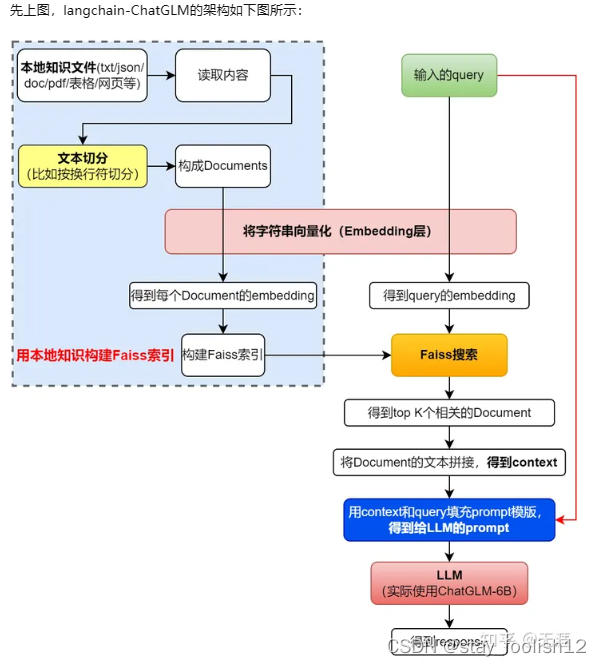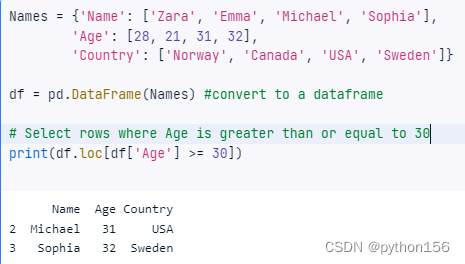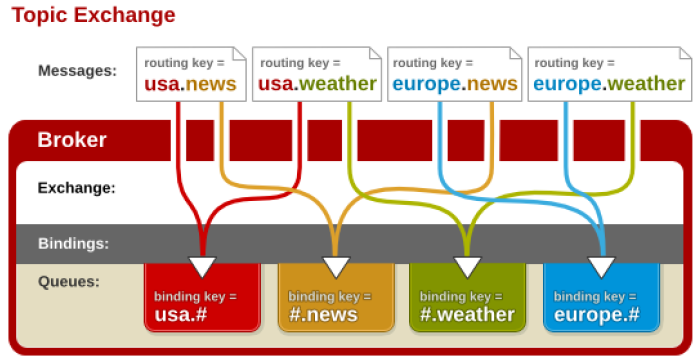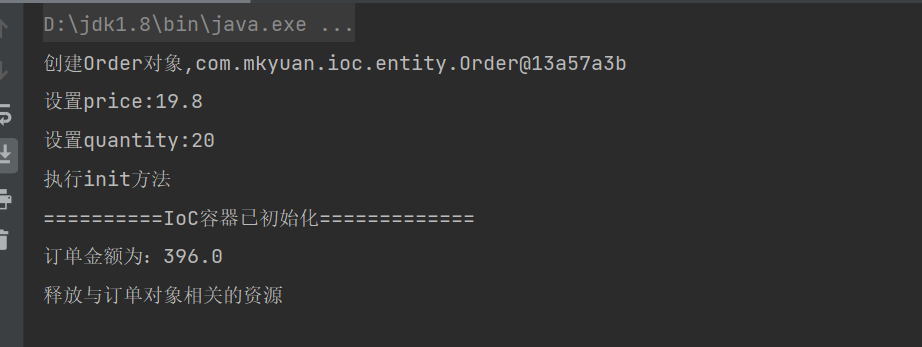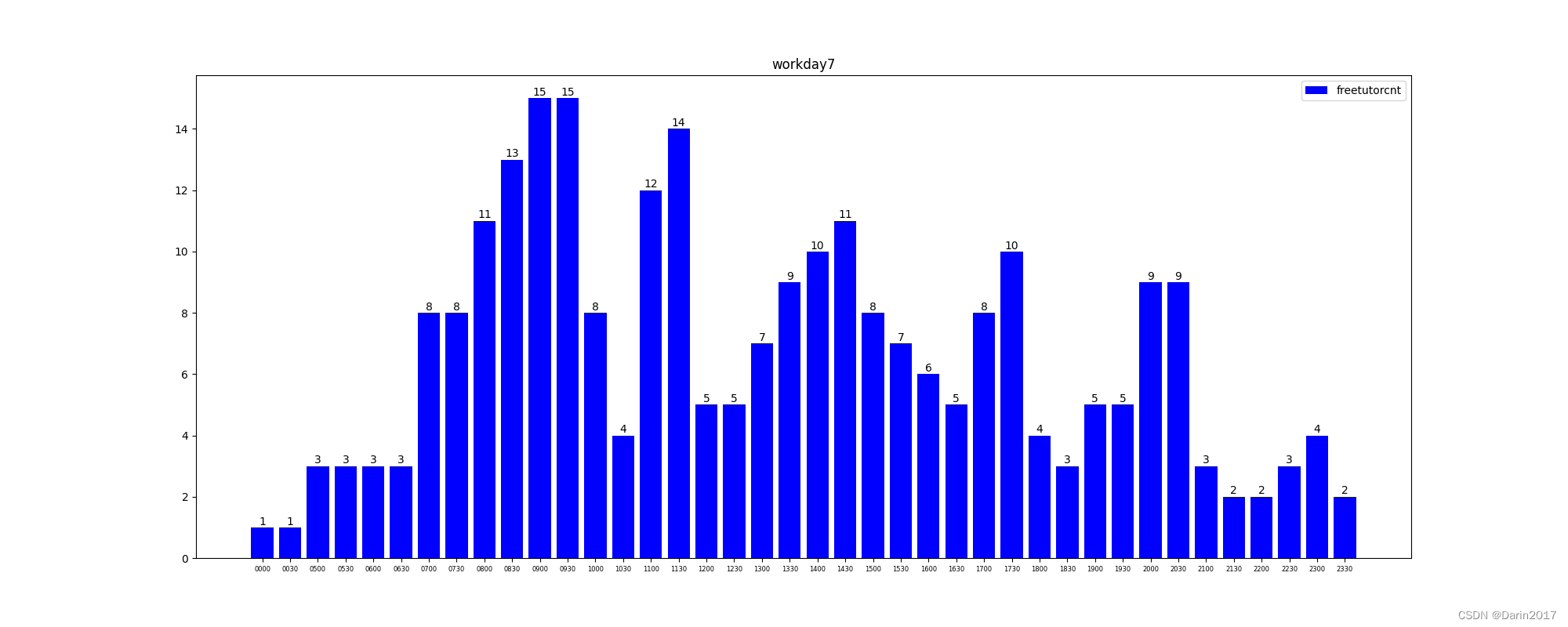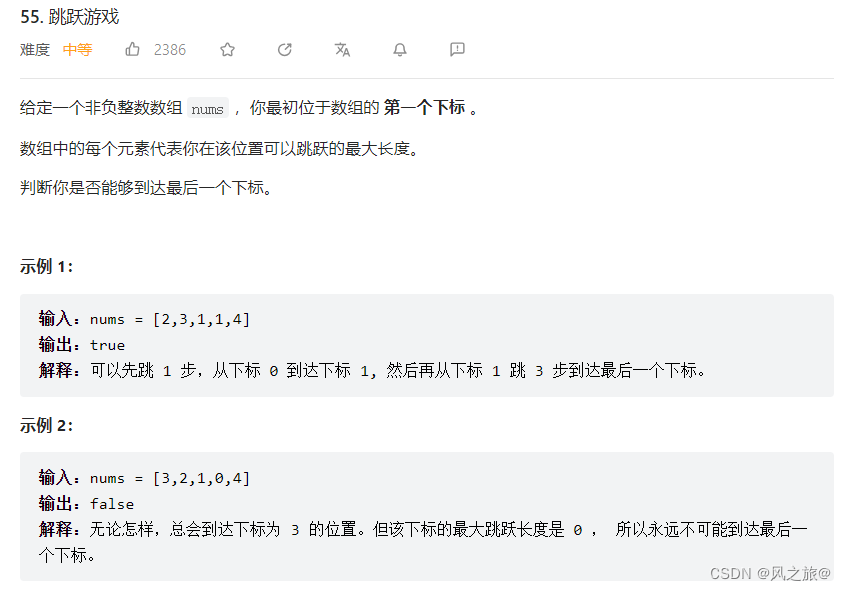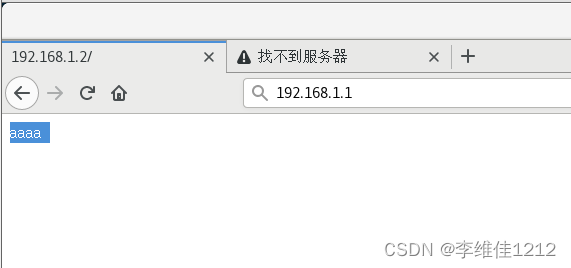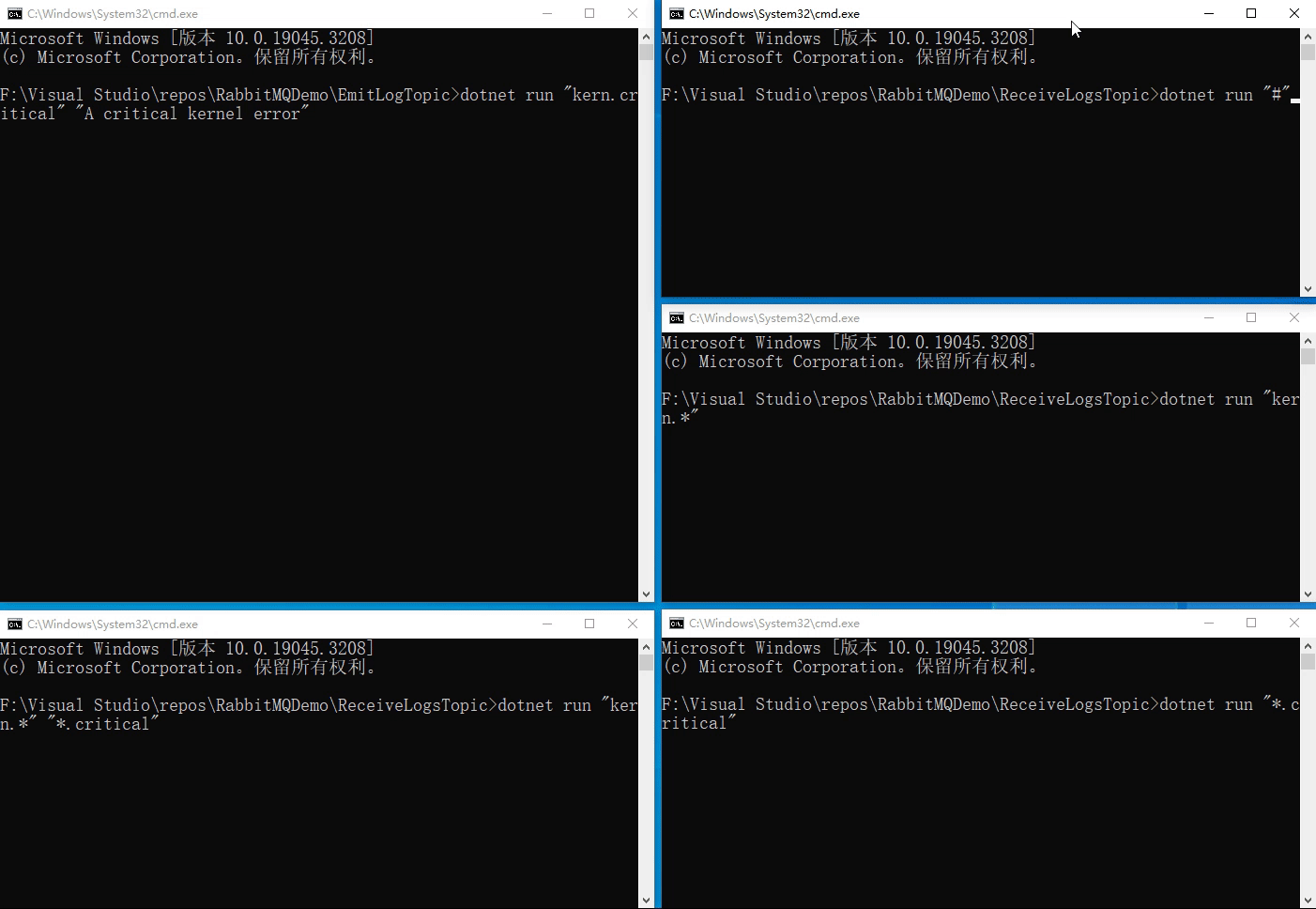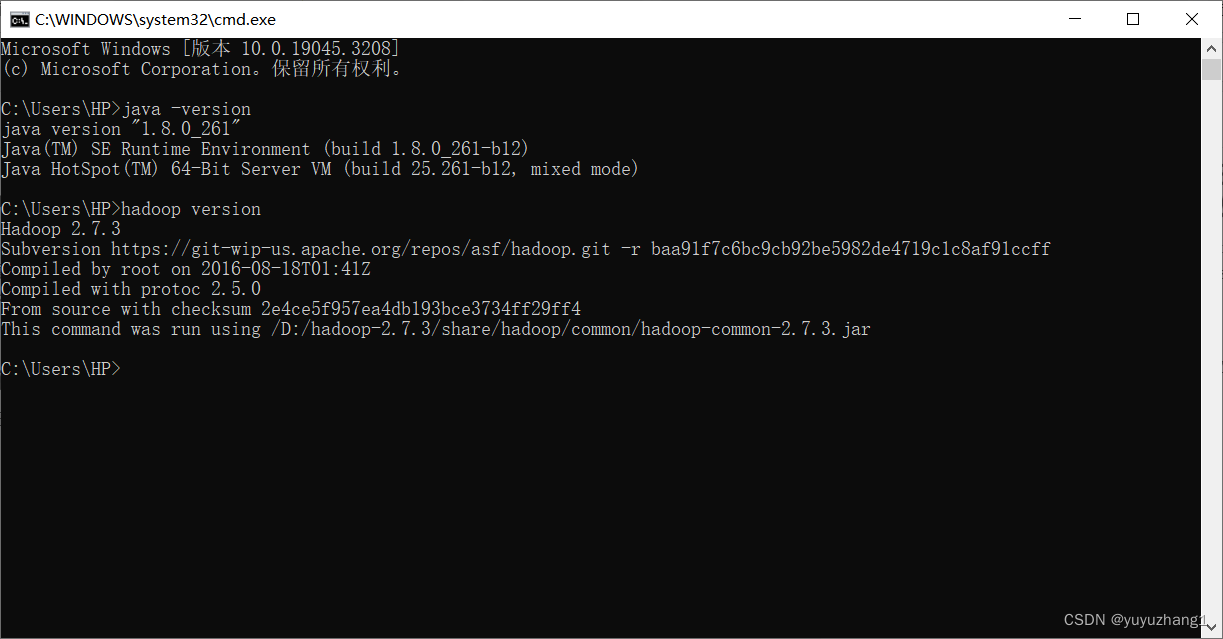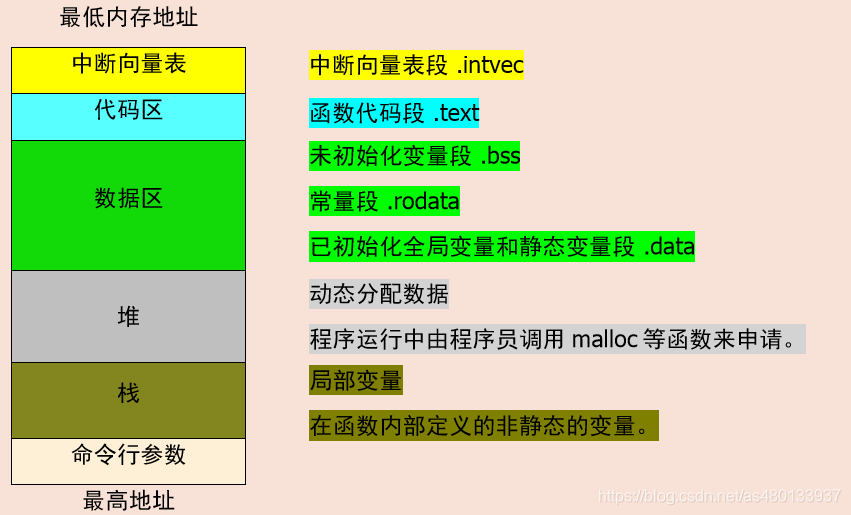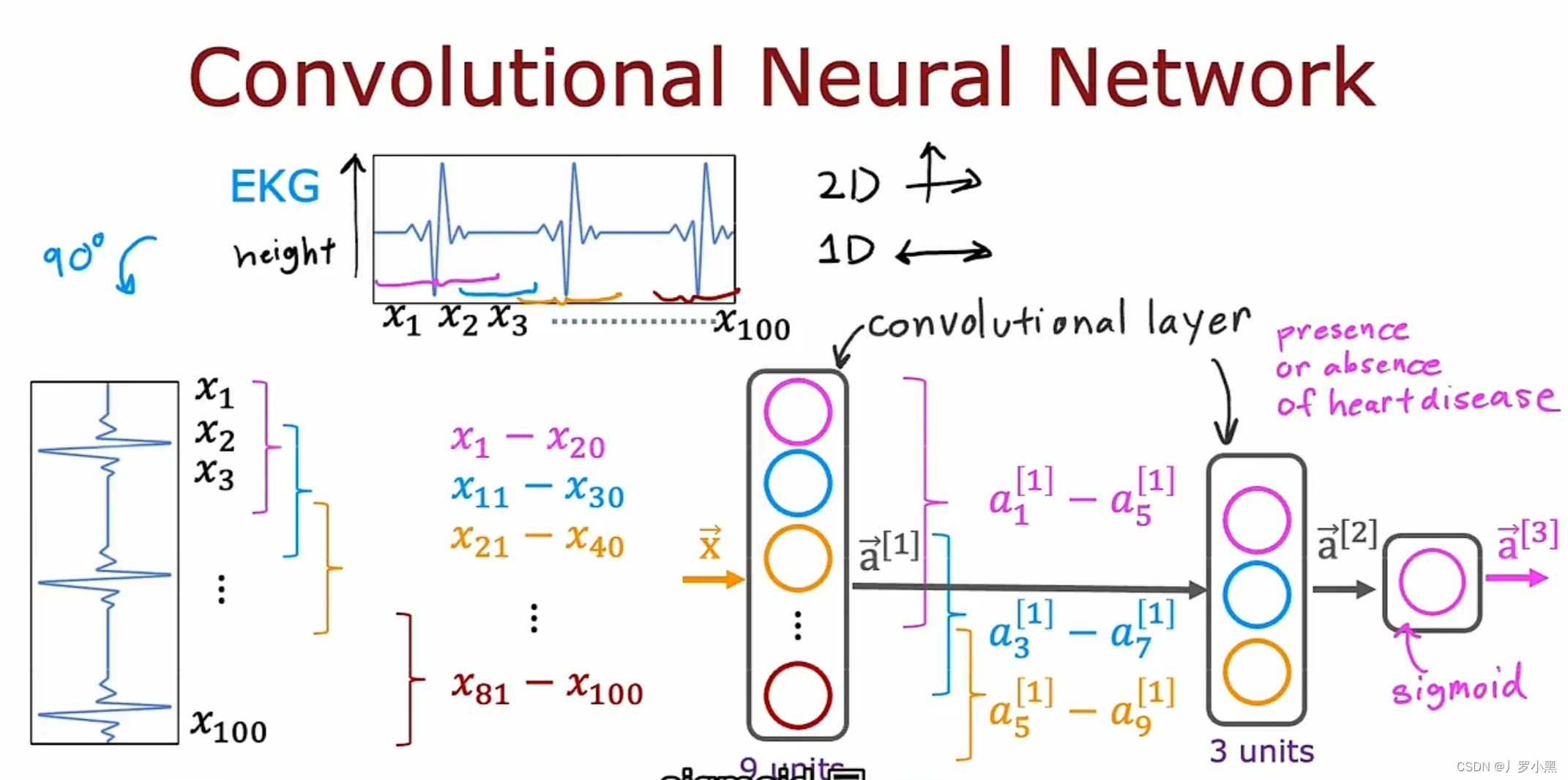文章目录
- 初步认识
- ①定义
- ②底层原理
- ③迭代器的分类
- 一、基本使用
- 1.插入结点元素
- 2.删除结点元素
- 3.合并两个有序链表
- 4.将一条链表的某一部分转移到另一条链表
- 5.对链表排序并去重
- 6.vector与list排序的比较
- 二、模拟实现
- ①要点说明
- ②基本框架
- ③迭代器
- 构造函数
- ++
- - -
- *
- ->
- list里的迭代器
- ④insert
- ⑤erase
- ⑥push_back
- ⑦push_front
- ⑧pop_front
- ⑨pop_back()
- ⑩构造函数
- ⑪clear
- ⑫析构函数
- ⑬赋值重载
- 源码
- 总结
初步认识
在正式讲解之前,我们先简单的认识一下list
①定义
template < class T, class Alloc = allocator<T> > class list;
同样这里有两个模板参数,第一个是实例化的类型,第二个是空间配置器。
②底层原理
库里的list是采用带头双向循环链表进行实现的。
- forward_list是单链表
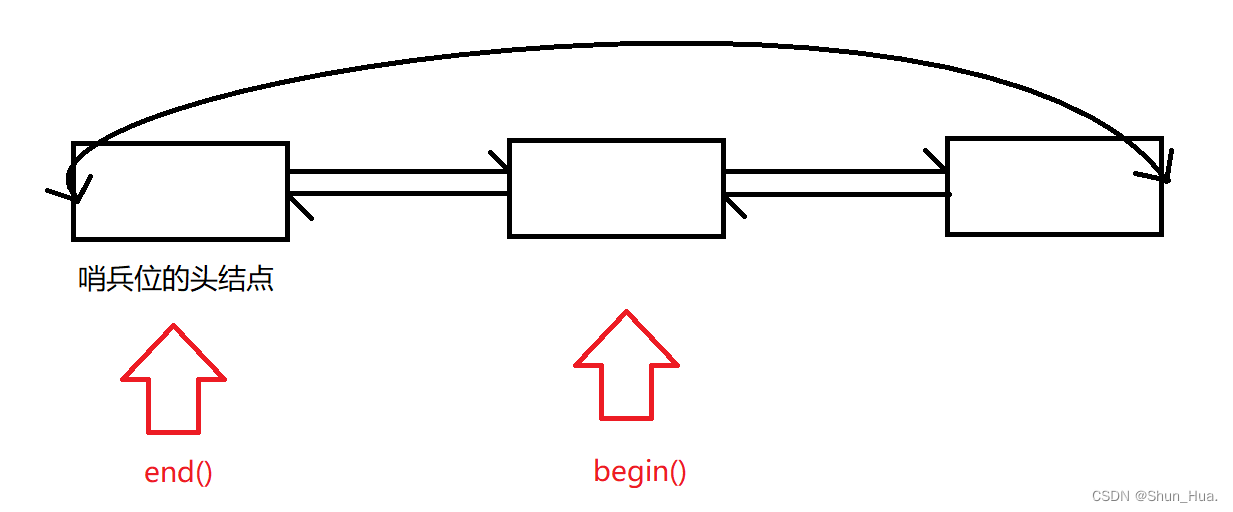
- 带哨兵位的头结点,是为了给end()迭代器留位置。
③迭代器的分类

1.输入迭代器
2.输出迭代器
3.单向迭代器——forward_list,unorder_xxx
4.双向迭代器——list/map/set
5.随机访问迭代器——vector/string/deque
之间的关系:

- 从左到右是被包含的关系。
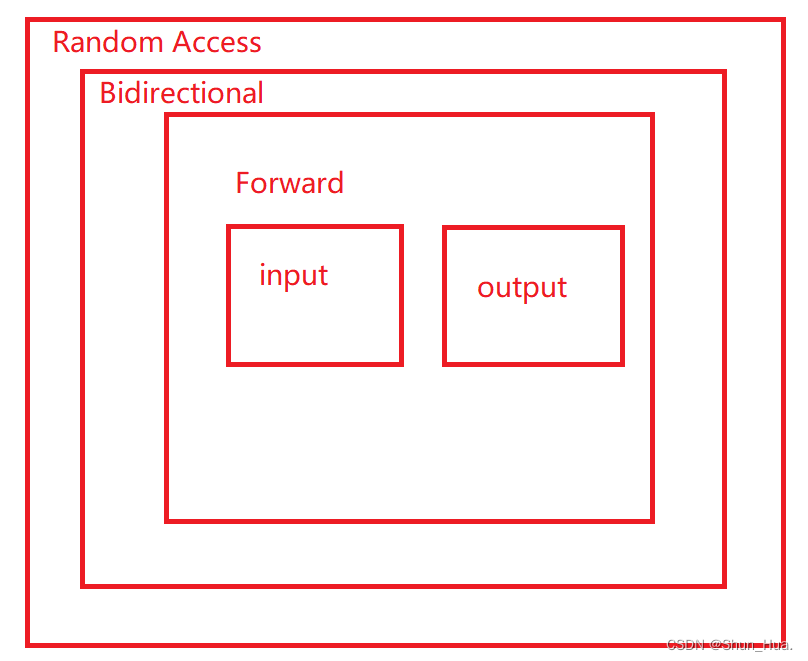
一、基本使用
1.插入结点元素
list<int> lt;
lt.push_back(1);
lt.push_back(2);
lt.push_back(3);
lt.push_back(4);
lt.push_back(5);
lt.push_back(6);
for (auto e : lt)
{
cout << e << " ";
}
cout << endl;
list<int>::iterator it = lt.begin();
for (size_t i = 0; i < 5; i++)
{
it++;
}
//在第五个位置的前面插入10
//第五个位置——是下标为5,也就是第六个元素。
lt.insert(it,10);
for (auto e : lt)
{
cout << e << " ";
}
cout << endl;

-
说明:因为list不支持随机访问,因此没有+,+=,[] 运算符重载,但支持++,- -。
-
这里的迭代器,在插入之后,并没有失效,因为结点的插入是单个申请,单个释放的。不存在 扩容的现象。
2.删除结点元素
void test_list()
{
list<int> lt;
lt.push_back(2);
lt.push_back(2);
lt.push_back(3);
lt.push_back(4);
lt.push_back(90);
lt.push_back(6);
lt.push_back(7);
for (auto e : lt)
{
cout << e << " ";
}
cout << endl;
//删除所有的偶数结点
list<int>::iterator it = lt.begin();
while (it != lt.end())
{
if (*it % 2 == 0)
{
it = lt.erase(it);
}
else
{
it++;
}
}
for (auto e : lt)
{
cout << e << " ";
}
cout << endl;
}
- erase在释放之后,迭代器是肯定失效的,因为其所指向的空间都失效了。因此库里采用返回值进行更新迭代器。
3.合并两个有序链表
- 前提必须是有序的。
void test_list()
{
list<int> lt;
lt.push_back(2);
lt.push_back(2);
lt.push_back(3);
lt.push_back(4);
lt.push_back(5);
lt.push_back(6);
lt.push_back(7);
for (auto e : lt)
{
cout << e << " ";
}
cout << endl;
list<int> lt1;
lt1.push_back(1);
lt1.push_back(3);
lt1.push_back(5);
lt1.push_back(7);
lt1.push_back(9);
for (auto e : lt1)
{
cout << e << " ";
}
cout << endl;
//将lt1合并到lt上
lt.merge(lt1);
for (auto e : lt)
{
cout << e << " ";
}
cout << endl;
}

4.将一条链表的某一部分转移到另一条链表
接口:
void splice (iterator position, list& x);
void splice (iterator position, list& x, iterator i);
void splice (iterator position, list& x, iterator first, iterator last);
注意:迭代器/迭代器区间不能重合!
list<int> lt;
lt.push_back(2);
lt.push_back(2);
lt.push_back(3);
lt.push_back(4);
lt.push_back(5);
lt.push_back(6);
lt.push_back(7);
for (auto e : lt)
{
cout << e << " ";
}
cout << endl;
list<int> lt1;
lt1.push_back(1);
lt1.push_back(3);
lt1.push_back(5);
lt1.push_back(7);
lt1.push_back(9);
for (auto e : lt1)
{
cout << e << " ";
}
cout << endl;
//将lt1转移到到lt的前面
lt.splice(lt.begin(),lt1);
for (auto e : lt)
{
cout << e << " ";
}
cout << endl;
//将lt的后半部分转移到lt1上
list<int>::iterator it = lt.begin();
for (size_t i = 0; i < 5; i++)
{
it++;
}
lt1.splice(lt1.begin(), lt ,it, lt.end());
for (auto e : lt1)
{
cout << e << " ";
}
cout << endl;
//将lt1的第一个结点移到lt的最前面
lt.splice(lt.begin(), lt1, lt1.begin());
for (auto e : lt)
{
cout << e << " ";
}
cout << endl;
5.对链表排序并去重
- unique去重的前提是有序。
list<int> lt;
lt.push_back(2);
lt.push_back(1);
lt.push_back(3);
lt.push_back(4);
lt.push_back(2);
lt.push_back(6);
lt.push_back(4);
lt.sort();
for (auto e : lt)
{
cout << e << " ";
}
cout << endl;
lt.unique();
for (auto e : lt)
{
cout << e << " ";
}
cout << endl;
6.vector与list排序的比较
void test_list2()
{
list<int> lt;
vector<int> v;
//设置随机数起点
srand((unsigned)time(nullptr));
size_t datas_num = 1000000;
for (size_t i = 0; i < datas_num; i++)
{
int n = rand();
lt.push_back(n);
v.push_back(n);
}
int begin1 = clock();
sort(v.begin(), v.end());
int end1 = clock();
cout <<"vector:" << (end1 - begin1) << endl;
int begin2 = clock();
lt.sort();
int end2 = clock();
cout <<"list:" << (end2 - begin2) << endl;
}

- 结果:list的排序有点挫,不过如果数据量比较小,可以使用list提供的排序,数据量比较大的话,那就将list的数据拷贝到vector,进行排序,再拷贝回去。
- 注意:在debug下进行测试可能会得到不一样的结果,因为vector是使用递归的快排进行实现的,如果debug下添加的调试信息会使栈帧的开销较大,从而影响时间的效率。而list的底层原理是归并,虽然也是递归,但调试信息添加的可能较少,因此会较快。而realease版本是发型版本是做了优化的,性能更好。
二、模拟实现
①要点说明
- 1.为了
不与库里面的list冲突,我们需要命名空间对自己实现的类进行封装 - 2.这里我们实现的框架是按照
带头双向循环链表的数据结构进行实现的。 - 3.为了理解,下面的接口是
分开讲解的,最后我会给出源码。
②基本框架
template<class T>
struct list_node
{
list_node(const T& val = T())
:_val(val)
,_next(nullptr)
,_prev(nullptr)
{}
T _val;
list_node* _next;
list_node* _prev;
};
template<class T>
class list
{
typedef list_node<T> Node;
public:
private:
Node* _head;
size_t _size;
};
③迭代器
- 这是list的最关键的部分!
我们先来谈谈是如何实现的,迭代器必然是指向一个结点的指针,但是能完成++操作,以及解引用操作,那该怎么办呢?答案其实很简单——用类进行封装,通过运算符重载实现相应的功能。
简单的迭代器框架:
template<class T>
struct list_iterator
{
typedef list_iterator<T> iterator;
Node* _node;
};
构造函数
list_iterator(Node* val = nullptr)
:_node(val)
{}
list_iterator(const iterator& lt)
:_node(lt._node)
{}
- 析构我们使用默认生成的即可,可千万不要写析构释放迭代器指向的空间,因为迭代器指向的空间属于list。应由list进行管理。
剩下的操作是,类里面进行重载++,-- ,*。
++
//前置
iterator& operator ++()
{
_node = _node->_next;
return *this;
}
//后置
iterator operator ++(int)
{
list_iterator tmp(_node);
_node = _node->_next;
return tmp;
}
- -
//前置
iterator& operator --()
{
_node = _node->_prev;
return *this;
}
//后置
iterator operator --(int)
{
list_iterator tmp(_node);
_node = _node->_prev;
return tmp;
}
*
T& operator *()
{
return _node->_val;
}
这样迭代器的基本功能就实现了,但是const的迭代器该如何实现呢?
是这样么?
typedef const list_iterator<T> const_iterator;
这样迭代器的成员变量不可被修改,即不可以++或者- -,不符合要求,我们想要的只是返回的值不可被修改。
一般都会再拷贝一份进行,将拷贝的迭代器改改,但是我们还可以设置第二个模板参数,这样外面可以这样定义。
template<class T,class Ref> struct list_iterator;
//里面的运算符重载——*
Ref operator *()
{
return _node->_val;
}
//list里面可以这样定义
typedef list_iterator<T,const T&> const_iterator;
typedef list_iterator<T,T&> iterator;
- 这样问题就解决了。
->
还有第二个问题,如果迭代器指向的是自定义类型,比如:
struct A
{
A(int x = 0)
:_a1(x)
{}
int _a1;
};
如果想要访问其成员,直接解引用是不行的。
我们可以这样:
iterator it = lt.begin();
(*it)._a1;
访问其元素。
我们还可以重载-> 进行访问:
T* operator ->()
{
return &(_node->_val);
}
iterator it = lt.begin();
it->_a1;
这样其实省略了一个箭头,这省略的一个箭头其实是为了美观,编译器在处理时,会自动加上的。
如果是const对象呢?其实处理方式一样的,再加一个模板参数。
更新后的模板,和迭代器:
template<class T,class Ref,class Ptr> struct list_iterator;
Ptr operator ->()
{
return &(_node->_val);
}
typedef list_iterator<T,const T&,const T*> const_iterator;
typedef list_iterator<T,T&,T*> iterator;
那完整版的迭代器即为:
template<class T,class Ref,class Ptr>
struct list_iterator
{
typedef list_node<T> Node;
typedef list_iterator<T, Ref, Ptr> self;
typedef list_iterator<T, T&, T*> iterator;
list_iterator(Node* val = nullptr)
:_node(val)
{}
list_iterator(const iterator& lt)
:_node(lt._node)
{}
//重载++
self& operator ++()
{
_node = _node->_next;
return *this;
}
//后置++,为了区别需要重载一下,这里的参数实际上没啥用
self operator ++(int)
{
list_iterator tmp(_node);
_node = _node->_next;
return tmp;
}
self& operator --()
{
_node = _node->_prev;
return *this;
}
self operator --(int)
{
list_iterator tmp(_node);
_node = _node->_prev;
return tmp;
}
bool operator != (const self& it) const
{
return _node != it._node;
}
bool operator == (const self& it) const//const和非const都能用
{
return _node == it._node;
}
Ptr operator ->()
{
return &(_node->_val);
}
Ref operator *()
{
return _node->_val;
}
Node* _node;
};
list里的迭代器
iterator begin()
{
return _head->_next;
//隐式类型转换
}
const_iterator begin()const
{
return _head->_next;
}
iterator end()
{
return _head;
}
const_iterator end()const
{
return _head;
}
④insert
//在pos之前插入
void insert(iterator pos, const T& val)
{
Node* newnode = new Node(val);
Node* cur = pos._node;
Node* prev = cur->_prev;
newnode->_next = cur;
newnode->_prev = prev;
cur->_prev = newnode;
prev->_next = newnode;
_size++;
}
⑤erase
Node* erase(iterator pos)
{
assert(pos != end());
//这个检查是不很严格的,如果删除一个未知的结点,这个是检查不到的!
Node* cur = pos._node;
Node* prev = cur->_prev;
Node* next = cur->_next;
prev->_next = next;
next->_prev = prev;
delete cur;
_size--;
return next;
}
⑥push_back
void push_back(const T& val)
{
//Node* tail = _head->_prev;
//Node* newnode = new Node(val);
//newnode->_next = _head;
//newnode->_prev = tail;
//_head->_prev = newnode;
//tail->_next = newnode;
insert(end(), val);
}
⑦push_front
void push_front(const T& val)
{
insert(begin(), val);
}
⑧pop_front
void pop_front()
{
erase(begin());
}
⑨pop_back()
void pop_back()
{
erase(--end());
}
⑩构造函数
//默认构造函数
list()
{
_head = new Node;
_head->_next = _head;
_head->_prev = _head;
_size = 0;
}
//拷贝构造
list(const list<T>& lt)
{
_head = new Node;
_head->_next = _head;
_head->_prev = _head;
_size = 0;
for (auto e : lt)
{
push_back(e);
}
}
⑪clear
void clear()
{
iterator it = begin();
while (it != end())
{
it = erase(it);
}
}
⑫析构函数
~list()
{
clear();
delete _head;
}
⑬赋值重载
void swap(list &tmp)
{
std::swap(_head, tmp._head);
std::swap(_size, tmp._size);
}
list& operator = (list tmp)
{
swap(tmp);
return *this;
}
剩余的接口,过于简单,这里就不再列出了,有兴趣请看源码。
源码
namespace my_list
{
template<class T>
struct list_node
{
list_node(const T& val = T())
:_val(val)
,_next(nullptr)
,_prev(nullptr)
{}
T _val;
list_node* _next;
list_node* _prev;
};
template<class T,class Ref,class Ptr>
struct list_iterator
{
typedef list_node<T> Node;
typedef list_iterator<T, Ref, Ptr> self;
typedef list_iterator<T, T&, T*> iterator;
list_iterator(Node* val = nullptr)
:_node(val)
{}
list_iterator(const iterator& lt)
:_node(lt._node)
{}
//重载++
self& operator ++()
{
_node = _node->_next;
return *this;
}
//后置++,为了区别需要重载一下,这里的参数实际上没啥用
self operator ++(int)
{
list_iterator tmp(_node);
_node = _node->_next;
return tmp;
}
self& operator --()
{
_node = _node->_prev;
return *this;
}
self operator --(int)
{
list_iterator tmp(_node);
_node = _node->_prev;
return tmp;
}
bool operator != (const self& it) const
{
return _node != it._node;
}
bool operator == (const self& it) const//const和非const都能用
{
return _node == it._node;
}
Ptr operator ->()
{
return &(_node->_val);
}
Ref operator *()
{
return _node->_val;
}
Node* _node;
};
template<class T>
class list
{
typedef list_node<T> Node;
public:
typedef list_iterator<T,T&,T*> iterator;
typedef list_iterator<T,const T&,const T*> const_iterator;
list()
{
_head = new Node;
_head->_next = _head;
_head->_prev = _head;
_size = 0;
}
list(const list<T>& lt)
{
_head = new Node;
_head->_next = _head;
_head->_prev = _head;
_size = 0;
for (auto e : lt)
{
push_back(e);
}
}
~list()
{
clear();
delete _head;
}
void clear()
{
iterator it = begin();
while (it != end())
{
it = erase(it);
}
//cout << _size << endl;
}
iterator begin()
{
//return _head->_next;
//隐式类型转换为list_itertor
return _head->_next;
}
const_iterator begin()const
{
//return _head->_next;
//隐式类型转换为list_itertor
return _head->_next;
}
iterator end()
{
return _head;
//返回的是_head的拷贝,因此返回对象具有常属性
//隐式类型转换为list_itertor
//return itrator(_head->next);
//匿名对象
}
const_iterator end()const
{
return _head;
//返回的是_head的拷贝,因此返回对象具有常属性
//隐式类型转换为list_itertor
//return itrator(_head->next);
//匿名对象
}
void push_back(const T& val)
{
//Node* tail = _head->_prev;
//Node* newnode = new Node(val);
//newnode->_next = _head;
//newnode->_prev = tail;
//_head->_prev = newnode;
//tail->_next = newnode;
insert(end(), val);
}
//在pos之前插入
void insert(iterator pos, const T& val)
{
Node* newnode = new Node(val);
Node* cur = pos._node;
Node* prev = cur->_prev;
newnode->_next = cur;
newnode->_prev = prev;
cur->_prev = newnode;
prev->_next = newnode;
_size++;
}
Node* erase(iterator pos)
{
assert(pos != end());
//这个检查是不很严格的,如果删除一个未知的结点这个是会报错的!
Node* cur = pos._node;
Node* prev = cur->_prev;
Node* next = cur->_next;
prev->_next = next;
next->_prev = prev;
delete cur;
_size--;
return next;
}
void pop_back()
{
erase(--end());
}
void pop_front()
{
erase(begin());
}
void push_front(const T& val)
{
insert(begin(), val);
}
size_t size()
{
return _size;
}
bool empty()
{
return _size == 0;
}
void swap(list &tmp)
{
std::swap(_head, tmp._head);
std::swap(_size, tmp._size);
}
list& operator = (list tmp)
{
swap(tmp);
return *this;
}
private:
Node* _head;
size_t _size;
};
}
总结
今天的分享就到这里了,如果觉得文章不错,点个赞鼓励一下吧!我们下篇文章再见!
